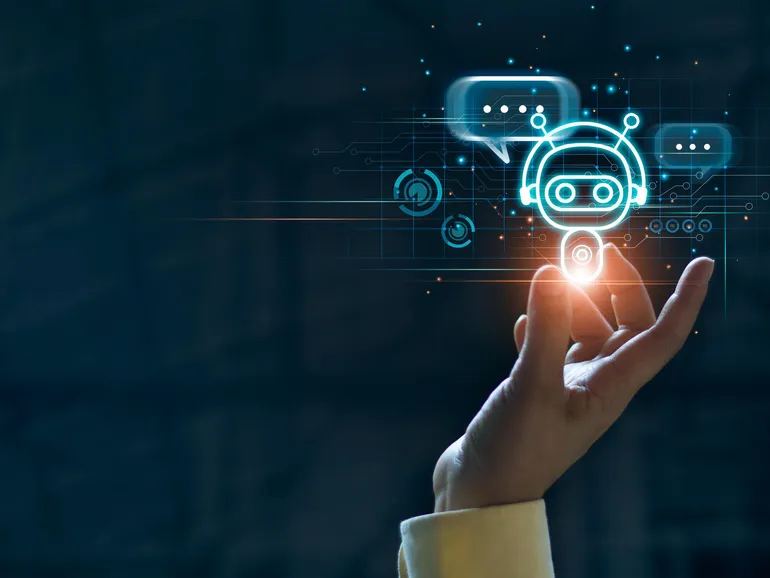The Role of AI in Enhancing VR Training and Gamification: Revolutionizing Industrial Education

Introduction
The convergence of Virtual Reality (VR) and gamification is already reshaping industrial training by making it more engaging and effective. However, the true potential of these technologies is unlocked when combined with Artificial Intelligence (AI). AI brings a level of personalization, adaptability, and efficiency that can significantly enhance the learning experience. In this blog post, we will delve into how AI is revolutionizing VR training and gamification, particularly in the industrial sector.
Personalization of Training Programs
- Adaptive Learning Paths
- AI algorithms can analyze a trainee’s performance in real-time, identifying strengths and weaknesses. Based on this analysis, AI can create personalized learning paths that adjust the training content and difficulty level to suit each individual. This ensures that trainees receive targeted instruction that addresses their specific needs, enhancing their learning efficiency.
- Real-Time Feedback and Guidance
- Immediate feedback is crucial for effective learning. AI systems can monitor trainees‘ actions in a VR environment and provide instant feedback, helping them correct mistakes and learn more efficiently. This real-time guidance mimics the presence of a personal instructor, making the training experience more interactive and responsive.
Enhancing Engagement through Gamification
- Dynamic Game Mechanics
- AI can enhance gamification by introducing dynamic game mechanics that adapt to the trainee’s progress. For example, AI can adjust the level of challenge, introduce new game elements, or change the reward system based on the trainee’s performance and engagement levels. This keeps the training experience fresh, motivating, and aligned with the trainee’s development.
- Intelligent Rewards Systems
- AI-driven gamification can create more meaningful and personalized reward systems. By analyzing what motivates individual trainees, AI can tailor rewards that are more likely to inspire continued engagement and effort. This could include personalized badges, levels, or virtual rewards that resonate with the trainee’s interests and goals.
Improving Efficiency and Effectiveness
- Data-Driven Insights
- AI can collect and analyze vast amounts of data from VR training sessions, providing valuable insights into trainee performance, engagement patterns, and areas for improvement. These insights can help trainers and organizations refine their training programs, ensuring they are as effective and efficient as possible.
- Predictive Analytics
- AI can use predictive analytics to foresee potential issues or areas where trainees might struggle. By identifying these patterns early, trainers can intervene proactively, providing additional support and resources to help trainees overcome challenges. This proactive approach can significantly enhance the overall training outcomes.
Future Prospects
- AI-Powered Virtual Instructors
- The future of AI in VR training could include AI-powered virtual instructors that can interact with trainees in real-time, providing personalized guidance, answering questions, and simulating real-life scenarios. These virtual instructors could offer a level of interaction and support that is currently unmatched in traditional training methods.
- Seamless Integration with IoT and Big Data
- The integration of AI with the Internet of Things (IoT) and Big Data can create a more holistic and interconnected training environment. AI can analyze data from various sources, including real-world equipment and operational data, to create more realistic and contextually relevant training scenarios. This integration can further bridge the gap between virtual training and real-world application.
Conclusion
The incorporation of AI into VR training and gamification is not just an enhancement; it is a game-changer. By personalizing learning experiences, providing real-time feedback, and offering data-driven insights, AI significantly elevates the effectiveness of VR training programs. As these technologies continue to evolve, we can expect even more innovative and impactful applications that will revolutionize industrial training, making it more engaging, efficient, and effective than ever before.